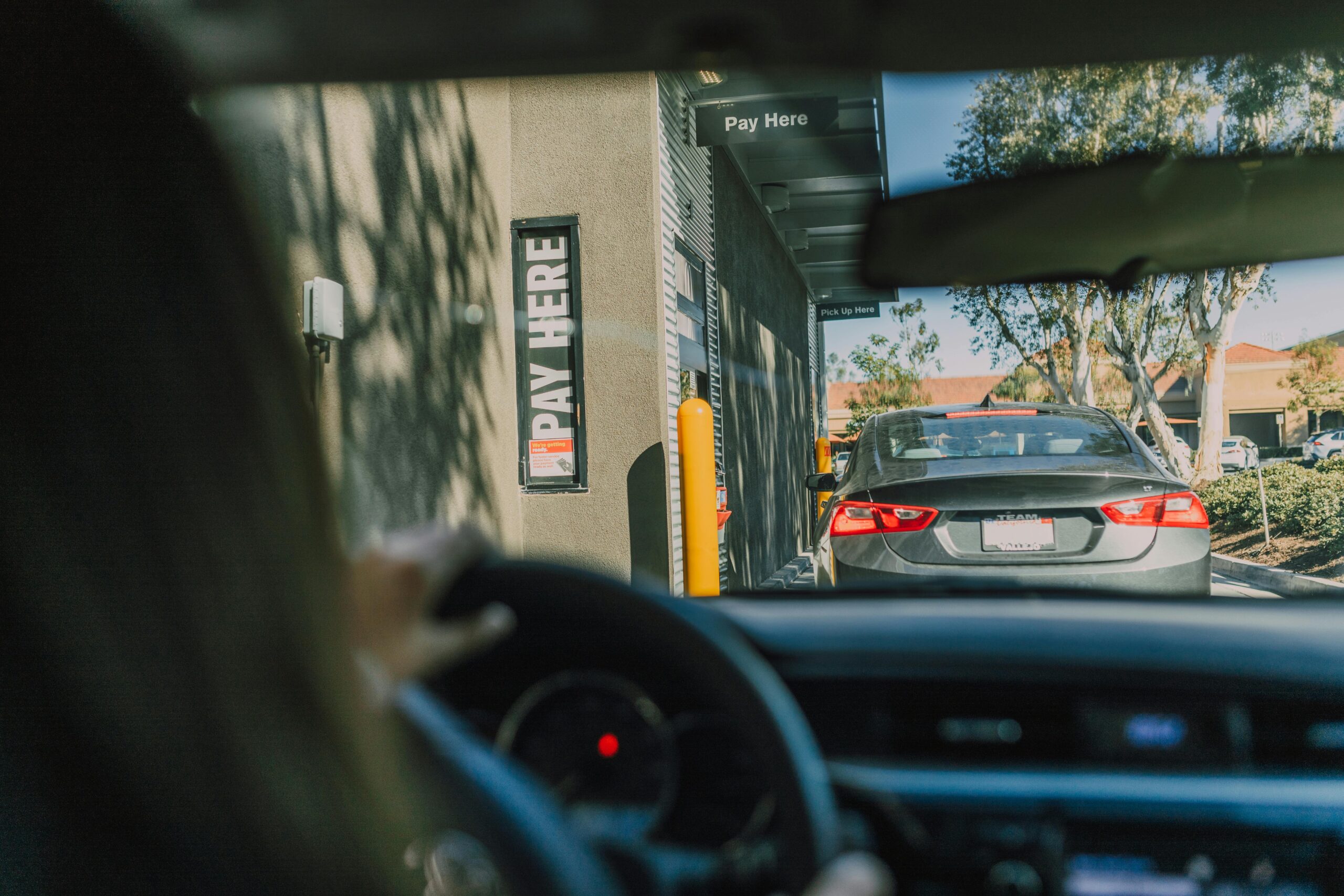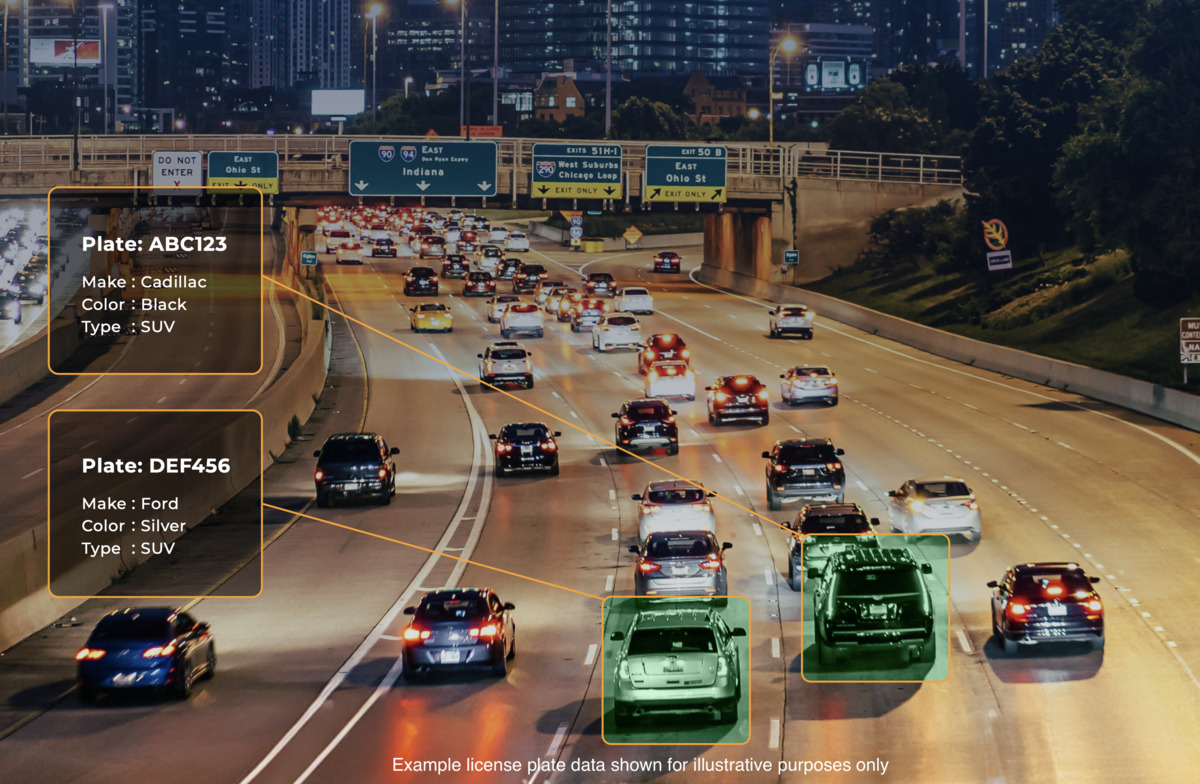Goal Setting for ALPR Success: Maximize Your Tech Investment ROI
A simple guide to help you with goal setting before buying an ALPR system so you get real value from your investment.

1. Start With This Question: "What Does Success Look Like?"
ALPR (Automatic License Plate Recognition) technology can bring huge benefits to many types of organizations—from police departments and retail stores to schools, hotels, and rental car companies. But even the best license plate recognition system can fall short if you're not sure what you're trying to achieve in the first place.
The smartest ALPR projects begin with a simple but powerful question: "What results do we want from this system?"
Some organizations get excited by demos and flashy features. They buy the license plate reader, but later struggle to connect the results to real business outcomes. Others start by defining clear, measurable goals, then pick the system that delivers those outcomes. The second group gets much better results.
This article shows how to approach goal setting for ALPR clearly. It also gives examples from different industries to help you understand how ALPR can be used and what kind of results to expect.
2. Why Goal Setting Should Come First When Planning Your ALPR System
When you start with effective goal setting, everything becomes easier—choosing the right automatic license plate recognition system, explaining why it’s needed, and proving that it works. You have to understand that technology alone doesn’t solve problems; it has to be matched to real needs.
Let’s look at two ways to approach buying ALPR:
- Organization A just asks vendors, “What can your system do?” They see cool features and buy something high-tech. But later, they can’t say whether it actually helped their business. When asked about results, they point to uptime or how many license plates were read, but struggle to explain the business value.
- Organization B starts by asking, “What do we want to fix or improve?” Maybe it’s reducing theft incidents, cutting down investigation time, faster customer service, or improving guest experiences. They choose the LPR system that best delivers those results. Months later, they can point to real numbers and specific improvements
The difference? Clear goal setting and planning. Defining your success metrics early leads to better decisions, more useful systems, and visible results.
3. Goal Setting for Success: What it Looks Like in Different Industries
a) Law Enforcement

ALPR technology changes law enforcement operations. It provides real-time vehicle identification and tracking. This greatly improves investigation efficiency. The automatic license plate reader identifies license plates of stolen vehicles. It tracks suspect vehicles across multiple locations. It creates searchable databases of vehicle movements that can provide crucial evidence in criminal investigations.
Officers can get instant alerts when vehicles of interest pass by LPR cameras. This allows faster response times and more effective patrol strategies. The technology also helps departments analyze traffic patterns and identify crime hotspots. This allows for better resource use.
Success through goal setting can look like:

b) Retail Stores

Retailers lose billions every year due to organized crime. The average theft incident increased from $937 in 2020 to $1,180 in 2021. The value of shoplifting cost to retailers in the US is projected to cross $150 billion in 2026.
Licence plate recognition can help by recognizing vehicles involved in repeated shoplifting across store locations. The system identifies vehicles that visit multiple store locations within short time periods, which is a common pattern in organized retail crime. If a suspicious vehicle enters the parking lot, security teams can be alerted before the crime even happens.
It also creates a record of all vehicles, which helps during investigations and with insurance claims. ALPR improves customer safety and makes managing parking easier.
Effective goal setting can lead to success like:
📌 Example: A large retail chain uses licence plate recognition cameras to monitor parking lots. When a known suspect’s vehicle shows up, security is alerted before the crime happens. Over time, theft incidents drop by 25%. Security teams respond faster. Customers feel safer and stay longer, which boosts sales.
c) Rental Car Companies

The US car rental market is valued at $33-38 billion. It has about 2.2 million vehicles across fleets. Rental companies often manage thousands of vehicles. They need to know where each car is—whether it’s being cleaned, repaired, or ready to rent. Rental companies often manage thousands of vehicles. They need to know where each car is—whether it’s being cleaned, repaired, or ready to rent.
Instead of using GPS (which is expensive and raises privacy concerns), companies can place ALPR cameras at key points—like return lots, washing stations, maintenance bays, or storage areas.
ALPR helps track cars at every stage and gives rental car companies full visibility into their vehicle operations. This helps spot delays and keeps vehicles available for rent instead of stuck in processing. It also prevents unauthorized use, since the system alerts staff when vehicles are taken out of approved zones or used off-hours.
Proper goal setting for ALPR can deliver success like:
📌 Example: A rental company adds ALPR to its check-in area and service stations. Cars are automatically tracked as they move through cleaning and maintenance. The system finds 5–8 unauthorized uses each month. Vehicle turnaround time improves by 20%, which means more cars are available to rent.
d) Fast Food Restaurants

The sale of fast food restaurants (also known as quick service restaurants or QSRs) crossed $490 Bn in 2023. There are over 200,000 fast-food locations across the United States. They are expected to employ 15.9 Mn people this year, i.e. in 2025.
Fast food restaurants can use ALPR to trigger alerts upon recognizing returning customers as soon as they arrive. This works whether the vehicle enters the drive-through lane, goes to the dine-in parking lot, or stops at the area for curbside pickup. Large restaurant chains can even do this across store locations.
ALPR can then provide past visit history of the vehicle. Restaurants can connect this to corresponding orders placed. This can help them display past orders or suggest favorite items, saving time and making the experience more personal.
Managers can also use ALPR data to see when peak hours occur, how long customers wait, and how to staff and stock up accordingly. Parking lots can be monitored for unusual activity, ensuring customer safety while dining.
Smart goal setting can achieve success like:
📌 Example: A burger chain installs ALPR at the drive-thru lane and dine-in parking area. The system recognizes returning vehicles and speeds up the process. Service time drops by 25%. Customers come back more often. Order accuracy improves by 40%. Managers use ALPR data to adjust staff schedules more effectively.
e) Campus Security (Schools, Colleges, Corporate Campuses)

Over 41,000 crimes were reported on US campuses in 2023. Educational institutions need strong security solutions that balance safety with an open academic environment.
Campuses need to track and control who is coming in and going out. ALPR tracks authorized vehicles, logs all visits, and helps manage events with large traffic flows. During emergencies, ALPR can show security teams exactly which vehicles are on campus and where they were last seen.
It can also reduce manual gate checks and make it easier to enforce parking rules.
Strategic goal setting can result in success like:
📌 Example: A university installs ALPR at all entry points. Only approved vehicles are allowed in. During events, the system helps direct traffic smoothly. Security response time improves, parking is better managed, and staff spend less time checking IDs manually.
f) Hospitality (Hotels, Resorts, Casinos, etc.)

The hospitality industry in the US was valued at over $220 billion in 2024. It is increasingly using automatic license plate recognition (ALPR) to enhance service delivery and guest security.
ALPR helps these businesses provide a personalized experience from the moment a guest vehicle enters the property. If a VIP guest arrives, the system alerts the front desk so they can prepare a warm welcome and even offer upgraded services.
It also helps track valet operations—cars can be pulled up faster—and keeps guest-only zones safe by restricting unauthorized access.
Strategic goal setting can result in success like:
📌 Example: A resort uses ALPR to identify VIP guests as soon as they enter. Valet staff are ready when guests arrive, cutting wait time by 20%. Premium parking is reserved for certain guests automatically. Overall security improves and guests leave better reviews.
4. Can Your License Plate Recognition System Track What You Need?
It’s not enough to do basic goal setting—you also need to make sure your ALPR system can collect the right data to measure those goals.
Here’s how to check:
- Do you have the right camera placement? For example, if you want to measure how long cars stay on your property, you need coverage at every entry and exit. Missing just one gate could throw off your data. Rental car companies wanting to monitor vehicle processing need cameras at every stage—returns, cleaning, repairs, and storage.
- Is your data accurate? Will the cameras work properly at night or in heavy rain? Are the plate reads clean and error-free? For example, law enforcement agencies need court-admissible evidence quality with detailed audit trails and high-resolution imagery.
- Can it handle your size? If you plan to grow, the system should work just as well with more data and more locations.
Before full deployment:
- Pilot test: Try the system in a small area under real-world conditions.
- Baseline measurement: Know your current performance so you can measure improvements.
- Data quality check: Make sure the system provides data that’s clean, consistent, and usable.
- Tool integration: Ensure your ALPR system works with your current software or databases.
5. Universal Metrics That Everyone Should Track
No matter which industry you're in, these key metrics help track if your ALPR system is delivering value:
- User Adoption: Are people actually using the system? If not, there may be training or workflow problems.
- System Uptime: How often is the system running without failure? Aim for 99% or higher.
- Read Accuracy: What percentage of license plates are read correctly? 97%+ is ideal.
- System Integration: Does the ALPR system work well with your existing tools?
- Response Time Improvements: Are you responding faster to incidents, threats, or customer needs?
These core metrics help ensure the system is doing its job.
Looking to elevate your security infrastructure with cutting-edge LPR solutions?
We are just a phone call away. Call us today at (813) 749-0892 for a free consultation.
6. Beyond the Numbers: Qualitative Benefits That Are Difficult To Measure

Some ALPR benefits are hard to put into numbers, but they’re just as important for your overall goal setting strategy:
- Public Safety: Faster vehicle tracking can prevent crimes and protect communities. That builds public trust.
- Customer Experience: People feel safer in monitored areas and enjoy faster, more personalized service.
- Staff Productivity: Automation helps staff avoid routine tasks so they can focus on more meaningful work.
- Deterrence: When people know ALPR is in use, they’re less likely to commit crimes.
- Smarter Decisions: ALPR data reveals patterns that help you plan better—like when to add staff or where to place security.
Even if you can’t measure all these outcomes, they add long-term value.
7. Final Thoughts
Before choosing an ALPR vendor, ask:
“What 3–5 results do we want to see from this system?”
Then pick a system that helps you meet those goals. Don’t get distracted by flashy features that don’t connect to real needs.
With this smart goal setting approach, you’ll save time, money, and effort—while getting better results for your team, your business, or your community.
📘 Want a full step-by-step guide? Check out our Ultimate ALPR Implementation Guide for cost details, setup advice, and a checklist to avoid common mistakes..
LICENSE PLATE RECOGNITION (LPR): THE ULTIMATE GUIDE TO VEHICULAR INTELLIGENCE
PlateSmart’s deep dive into License Plate Recognition and its immense contribution to security agencies and businesses.
Frequently Asked Questions About Goal Setting for ALPR Success
(The visuals on this page are stock images, used for illustrative purposes only)

